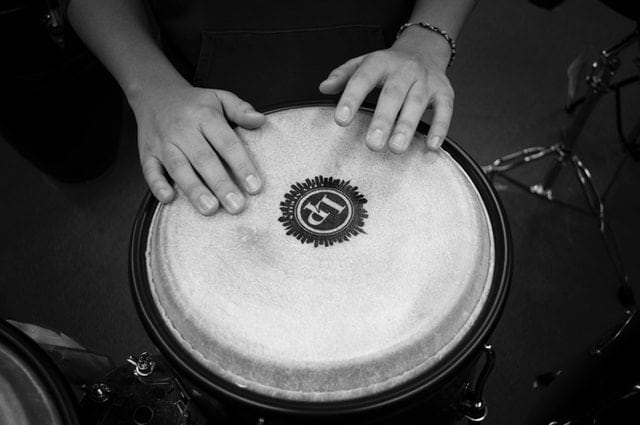If you’ve ever experienced an eardrum rupture in Los Angeles, you are well aware of the pain this can cause.
We’ve collected some facts about ruptured eardrums that will help you learn about their causes and what to do if you experience one.
Symptoms of Eardrum Perforations

The eardrum, or tympanic membrane, is the thin tissue that separates the ear canal from the middle ear. A ruptured eardrum occurs when this tissue tears. This is also known as a perforated eardrum or tympanic membrane perforation.
Symptoms of an eardrum rupture vary in intensity depending on the size of the hole. They may include any or all of the following:
· Severe ear pain (this can go away as suddenly as it appeared)
· Hearing loss in the affected ear
· Drainage from the ear (this may contain blood)
· A ringing, buzzing or similar sensation in the ear
· A plugged-up feeling in the ear
· Dizziness or loss of balance
· Nausea
· A whistling sound in the ear, which may be most noticeable when blowing the nose
What Causes a Ruptured Eardrum?
An eardrum rupture can be caused by a variety of factors. The most common ones are:
· Ear infection. Fluid accumulating behind the eardrum can create enough pressure to cause a tear.
· Injury or trauma to the ear. The tissue in the eardrum is thin, so a direct blow can lead to a tear.
· Inserting an object into the ear. Cotton swabs, safety pins and pencils are objects commonly inserted into the ears. They can all cause a perforation in the tissue.
· Loud noise. A gunshot, explosion or extremely loud noise in close proximity to the ear can cause an eardrum rupture. It may also lead to hearing loss and tinnitus for hours (or even days) afterward.
· Ear barotrauma. A change in air or water pressure can cause damage to the ear; this is known as barotrauma, and often occurs in response to a difference in pressure between the inner and outer ear. The eustachian tube is responsible for equalizing this pressure but may not be able to keep up with sudden changes, such as those experienced by air travelers and scuba divers. A change in pressure can create a vacuum effect, pulling the eardrum inward and causing it to stretch; this might result in a tear.
Treating an Eardrum Rupture
If you suspect you have ruptured your eardrum, make an appointment with a Los Angeles ear, nose and throat specialist as soon as possible.
Eardrum ruptures often heal themselves within 1-3 months; in the meantime, nonsteroidal anti-inflammatory drugs such as ibuprofen can be used to reduce pain and inflammation.
A warm compress held against the ear can also help. Your doctor might prescribe oral antibiotics or eardrops to help with an infection. If these steps fail to produce results, a surgical procedure called a tympanoplasty might be needed to repair the hole.
Be sure to keep your ear dry during the recovery period in order to prevent infection.
Refrain from blowing your nose as much as possible, but if you must, do so gently, using one nostril at a time.
For more information on preventing eardrum ruptures, especially when engaging in risky activities such as flying or scuba diving, contact your Los Angeles hearing doctor.
Related Hearing Loss Posts:
- Surprising Causes of Hearing Loss
- Keep Your Hearing Aids Safe from Summer Heat
- Four Reasons you Should Invest in your Hearing Health
Los Angeles Area Audiologists Office Locations
Los Angeles
2100 West 3rd Street
Los Angeles, CA 90057
(213) 483-9930
Santa Monica
2825 Santa Monica Blvd
Santa Monica, CA 90404
(310) 449-1877